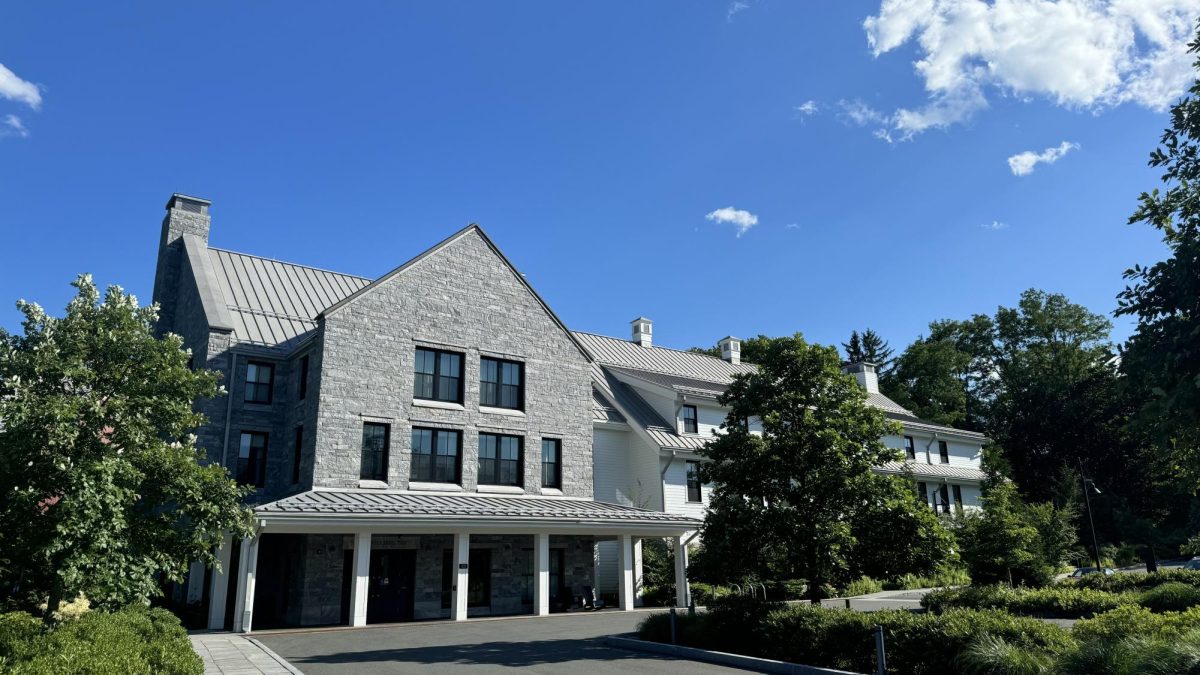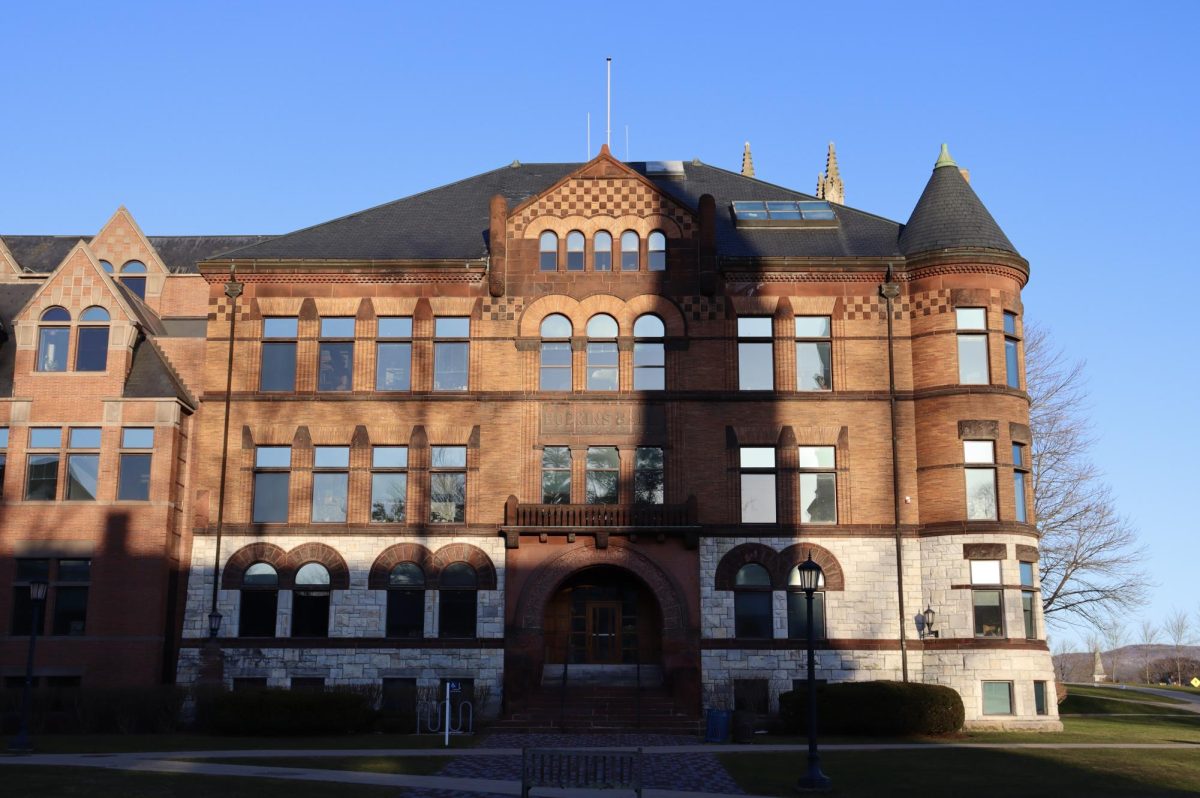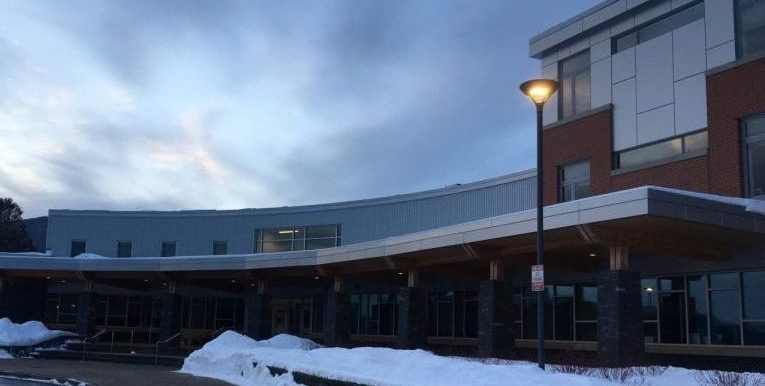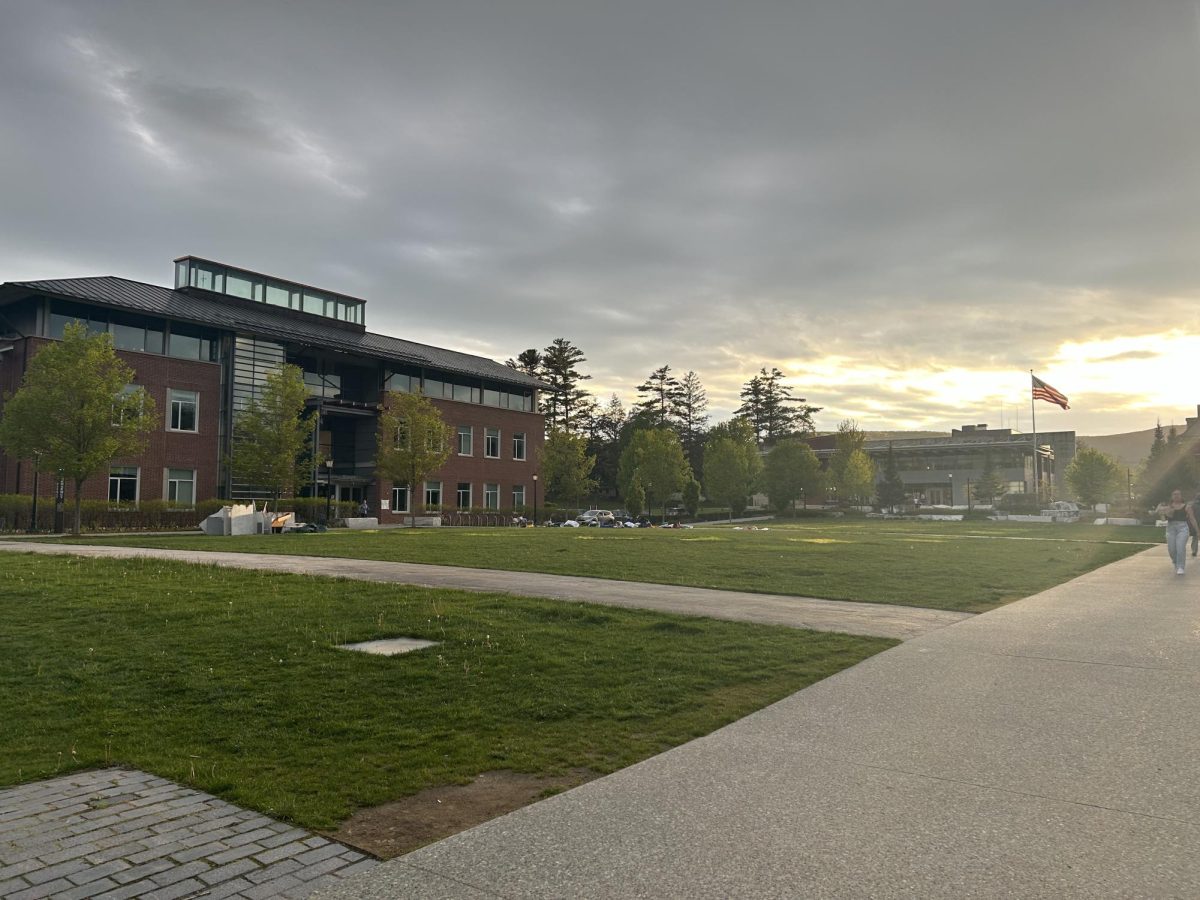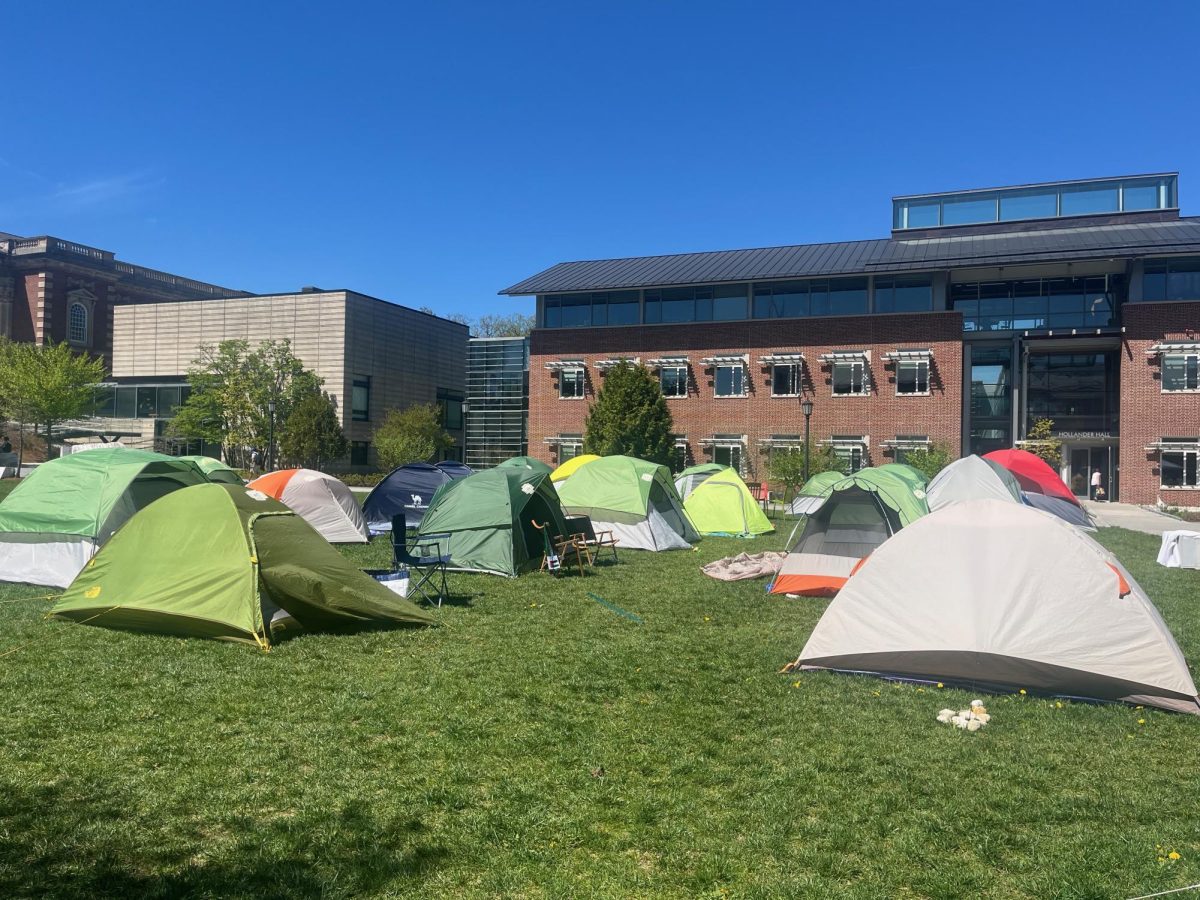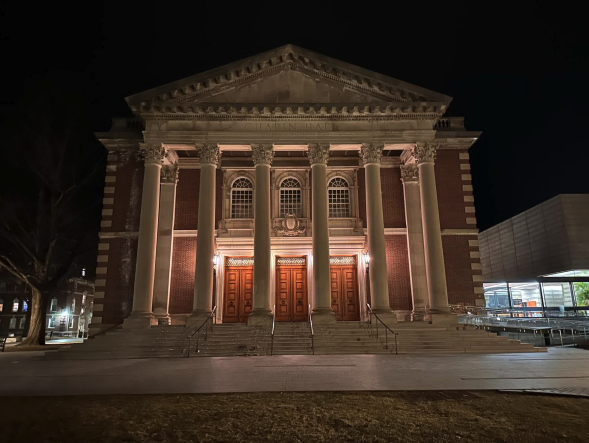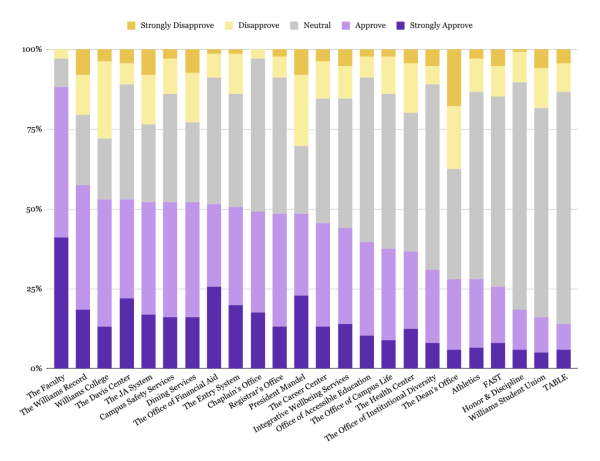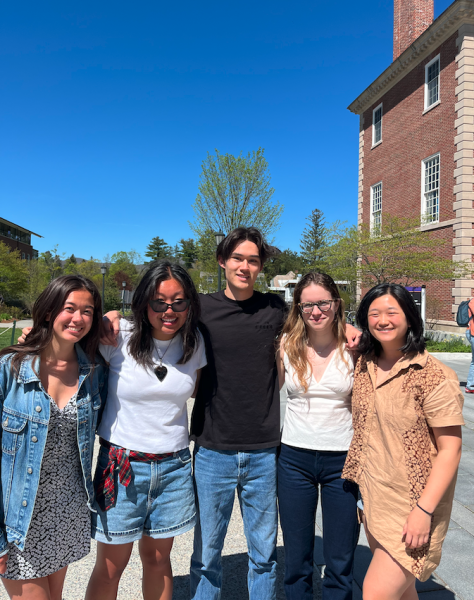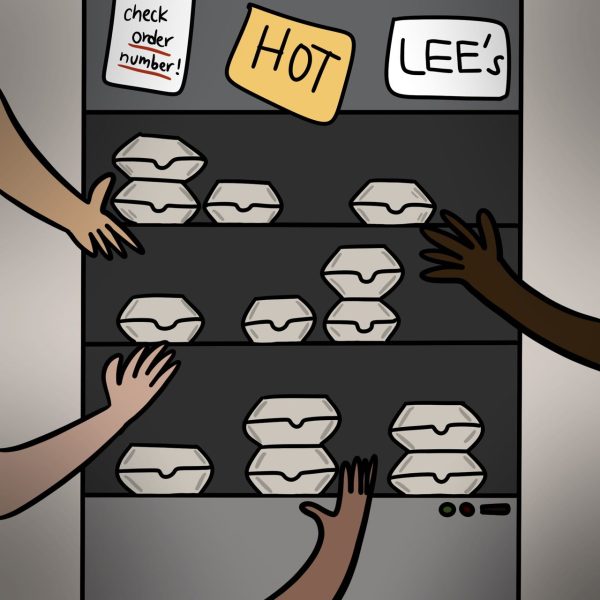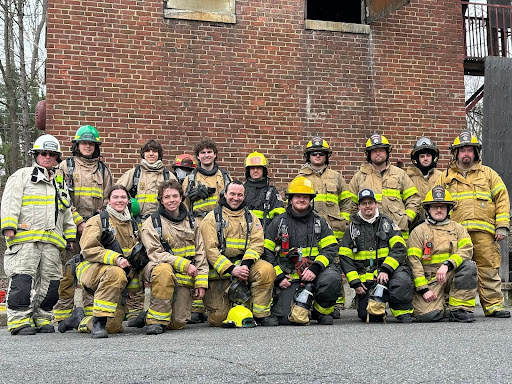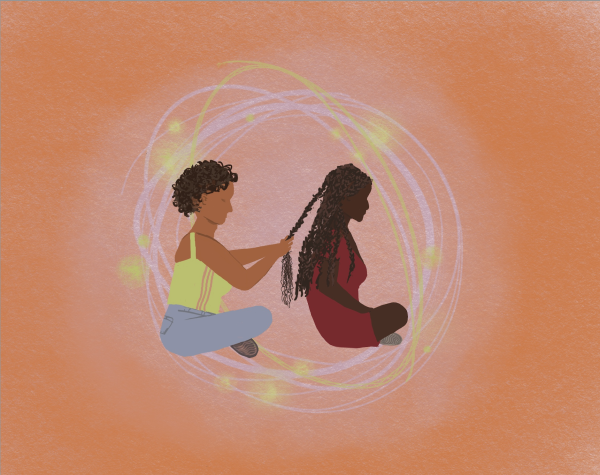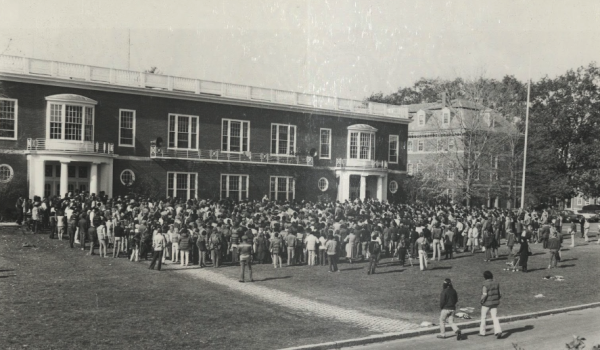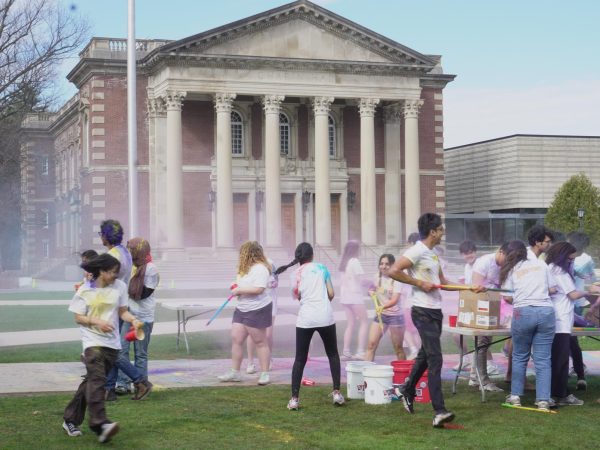A brief history of early Black students at the College
March 1, 2023
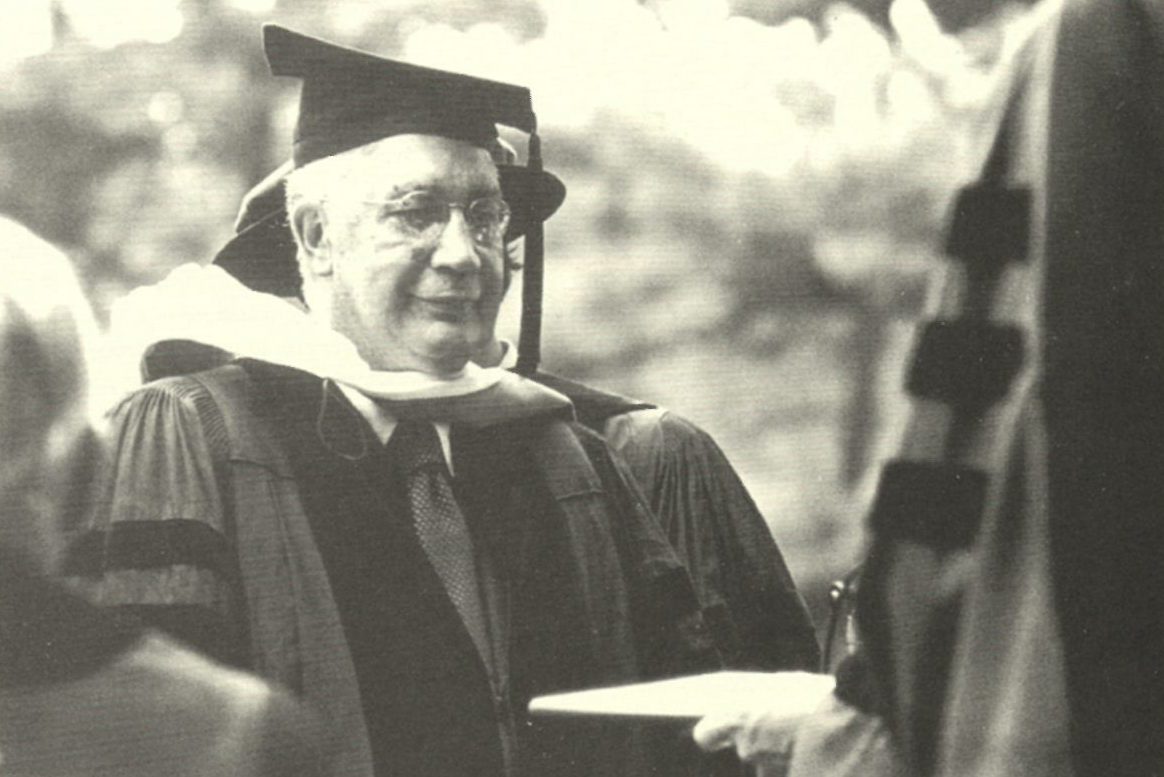
Gaius C. Bolin, a member of the Class of 1889, was the College’s first Black graduate. After residing off-campus with a local Black family for a year, Bolin moved into a room in what is now Fayerweather Hall as a sophomore.
Bolin was quite popular with his classmates, and his room became a social gathering space, according to a handyman who once described it as “filled with a motley crowd smoking pipes and playing cards,” according to The Williams Magazine. The magazine also reported that Bolin reflected on his time at the College fondly, seemingly reveling in his popularity. “In a life that has its struggles, disappointments, defeats as well as pleasures, happiness and success, there is no part of it upon which I look back with more genuine pleasure, satisfaction, and happiness than the four years spent up at dear old Williams with my classmates,” he said.
In addition to his social successes, Bolin was an accomplished student-athlete and played football on his class team for all four of his years at the College.
Bolin is perhaps the best-known early Black attendee of the College, and today, the College honors him by offering a post-doctorate teaching fellowship in his name for underrepresented faculty. But he’s far from the only Black person to attend the College in its earlier years.
Though the College’s policies for admitting Black students before Bolin’s 1885 matriculation are unclear, a dive into the archives reveals that a small but notable cohort of Black students attended the College in the late 19th and early 20th centuries.
Earliest Attendees
There were few Black students at the College in the period immediately following Bolin’s attendance. By 1900, 15 years after Bolin first enrolled, only 10 Black students had studied at the College, and even fewer completed their degrees.
The College’s second Black student was Livingsworth W. Bolin, brother to Gaius, who matriculated in 1886. He left the College one semester after his brother graduated, and the reasons for his withdrawal are not clear. Notably, Livingsworth does not seem to have been as popular among his classmates or as enthusiastic about the College as his brother, according to “Black Williams: A Written History,” a document that was authored by the board of the Black Student Union (BSU) in 2003. Unlike his brother, Livingsworth is not mentioned in any College publications, and he was not an athlete. Even though the two were roommates, Gaius Bolin did not discuss his brother in his accounts of his time at the College, and Livingsworth was omitted from the alumni directory for 45 years.
Livingsworth Bolin was not the only Black student to leave the College before completing a full course of study during this period. Three others — Thomas Edward Besolow, William Smith Deyo, and John Russell Ward — did the same. Besolow, the College’s first African student, withdrew halfway through his first year due to illness. Deyo and Ward each completed their first year from 1893 to 1894, sharing a dorm room during the school year, but unenrolled soon after. Deyo transferred to Amherst, and Ward left the College to become a reporter for the Waltham Daily News. Although the authors of “Black Williams” speculate that “there were aspects of Williams that were unfriendly to the Negro,” scant documentation makes it difficult to truly determine why Deyo and Ward cut their time at the College short.
Around this time, the “negro question,” as a 1905 Record article once put it, does appear to have weighed on students’ minds. That year, the College held its first interclass debate between the Classes of 1907 and 1908, considering whether or not “the present policy of the Southern States toward the negro race is for the best interest of the negro,” according to a 1904 issue of the Record. The Class of 1907 argued in favor of Southern states and won by a narrow margin.
Other students from this cohort did go on to finish their degrees, with many finding repute in a variety of fields. George Morton Lightfoot, Class of 1891, transferred to the College from Howard University and graduated with a strong academic record. After finishing his degree, he taught at Howard and authored several classics publications. Edward E. Wilson, Class of 1892, also found academic success at the College, graduating two years early and becoming one of the first Black students in the country to be elected to the Phi Beta Kappa Society.
Harrison Morgan Brown and George Montgomery Chadwell both entered the College in the Class of 1900 after graduating from Phillips Andover Academy. Though Chadwell died soon after graduating, Brown went on to become the first Black doctor to graduate from the College. After their graduation, no other Black students attended the College for four years, after which four students enrolled — and three graduated — between 1904 and 1912.
“Feeder Schools”
Black enrollment at the College began to tick up in the 1910s, with approximately two dozen Black students enrolled at the College between 1912 and 1930, and graduation rates improved as well. Only three Black students are confirmed to have left the College before completing their degrees during this period.
Many of these enrollees were graduates of Paul Laurence Dunbar High School, an elite public school for Black students in Washington, D.C., and one of the first exclusively Black high schools in the country. BSU also described its precursor, M Street High School — which eventually combined its student population with Dunbar’s — as “a feeder school for Williams when it came to Black students” in the group’s 2003 report.
The exact nature of the relationship between Dunbar and the College is unclear. Archivist Sylvia Brown said that the College’s Special Collections has been unable to find any documentation of a formalized recruiting process between Dunbar and Williams in the College’s archives. She added that many, if not all, Dunbar graduates received scholarships from the College, but the funding sources and names of these awards varied significantly.
It is known, however, that of the roughly two dozen Black students to attend the College from 1912 to 1930, over half were graduates of M Street High School or Dunbar.
The M Streeters
The “M Streeters,” as BSU’s 2003 report affectionately called M Street High School graduates, thrived at the College — despite the outbreak of World War I, during which some of them served.
Carter Lee Marshall, Class of 1920, served briefly as a private in 1918 before returning to the College and graduating Phi Beta Kappa. He went on to Howard Medical School, where he earned his M.D. in 1924. Rayford Whittingham Logan, Class of 1917, also graduated Phi Beta Kappa and was recognized as a gifted speaker, serving as library orator and winning a prize in the Junior Moonlight Oratorical Contest. Logan went on to have an illustrious career. He held a distinguished professorship in history at Howard; chaired a federal committee on the inclusion of Black people in national defense; and served as a member of the United Nations Educational, Scientific, and Cultural Organization.
John Wilson Freeman, Class of 1915, was another academic standout. Originally a member of the Class of 1916, he graduated a year early with advanced credits and missed inclusion in Phi Beta Kappa by a hair.
Beyond academic success, the M Streeters were also dedicated to giving back to their communities, according to the BSU’s history.
“These men did not simply strive to become financially successful or leaders in their fields, but became members of organizations that sought to raise the communities in which they lived and worked,” the BSU board wrote. “As officers and members of the NAACP, the United Negro College Fund, and interracial committees and organizations that involved Negroes in elections and political life, these black men of Williams dedicated themselves to uplifting the black community.”
Dunbar Students and Men of the Harlem Renaissance
The students admitted to the College from Dunbar shared many traits with their M Street predecessors; they were generally high performers and dedicated to racial activism.
Famed alums Sterling A. Brown, Class of 1922, and Allison Davis, Class of 1924, were graduates of Dunbar who matriculated at the College during this period. Brown graduated as valedictorian of his class and went on to become a highly influential poet, professor, and literary critic studying Black literature. At the College, he served on the debate team, pledged to the Omega Psi Phi fraternity, and, along with Davis, played for the Common Club tennis team, which won national competitions.
Davis was similarly successful during and after his time at the College. Also valedictorian of his class, Davis taught at the University of Chicago, where he pursued groundbreaking study on racial disparities in education. He also served on the Civil Rights Commission during the presidencies of Lyndon B. Johnson and Richard Nixon.
Some Black students — both Dunbar graduates and not — felt that the College’s physical isolation stifled their potential as Black leaders. According to BSU’s written history, many Black students at this time wanted to do more to uplift their race than the College’s remote setting allowed, especially as Black culture blossomed amid the Harlem Renaissance. And Black students were isolated in more ways than one during this time period, as they lived apart from the rest of the student body.
“Williams College proved to be a trying place for Black students of the Harlem Renaissance era,” BSU’s document reads. “Many Black students, whose goals were far-reaching, were discouraged by the fact that the serenity and seclusion of Williams couldn’t support the cultural life and political action they craved.”
Still, Black students forged a community despite their small cohort. Brown and Davis, for example, were close personal friends, and they maintained a close camaraderie with other Black students during their time at the College. According to “Black Williams,” Brown and Davis were also close friends with Mortimer Grover Weaver II, Class of 1925, and Ralph Scott, Class of 1923.
Some of these relationships persisted after graduation — Clinton Knox, Class of 1930, said in personal statements that he kept in touch with Black alum from his class. “Despite the fact that there were so few black alumni at that time, Knox and others seem to have drawn strength from each other,” BSU wrote in 2003.
Tensions in the 1930s
There is no evidence to suggest that there was significant animosity between white and Black students at the College in the 1920s, despite the high racial tensions that had swept through much of the country in the wake of the 1921 Tulsa Race Massacre and the resurgence of the Ku Klux Klan. Black and white students, however, did not seem to forge lasting bonds of friendship while they studied together.
These lukewarm dynamics seem to have worsened in the 1930s. In a 1934 memorandum, then-President of the College Tyler W. Dennett, Class of 1904, expressed concern for the economic well-being of any Black students who sought admission to the College. According to the memo, fraternities had recently stopped offering Black students the ability to wait tables at their houses, which is how many Black men supported themselves while attending the College. The exact reason for this change is not clear, though Dennett suggests it was due to “social discrimination.”
“While the college administration deplores the development of any kind of social discrimination, it is never in a position absolutely to control undergraduate sentiment,” Dennett wrote. “It is felt, therefore, that it would not be in the interests of a colored boy, nor would it be in the interests of a happy solution to the color question, for a colored boy to apply for admission to Williams under the current existing financial situation.”
Dennett also professed concern about the social wellbeing of Black students. “If a colored student were to encounter social difficulties in the Common Club, or in the dormitories, it is not at all certain that the difficulties could be resolved in a way favorable to him,” he wrote. “It is believed that there are other and larger institutions offering at least equally good educational advantages where it is customary to admit a sufficiently large number of colored students so that they can form their own social group and thus escape difficulties which while not inevitable are possible in so small a college as Williams.”
Dennett’s position on admitting Black students received pushback from Black alums, a few of whom wrote to him expressing their disagreement with his views. At the request of several professors, John Aubrey Davis, Class of 1933, advocated for the admission of a Black student from Springfield, Mass.
“If Williams is to hold her head up as a school which stands for true scholarship and true liberality there can be no question of the right of any Negro youth to be admitted to Williams if he satisfies all of the requirements demanded of any other student,” John Aubrey Davis wrote. “Whether he will be happy or whether he may gain more from some other college is not a question for the Administration to raise but is one which the Negro youth himself must determine.”
Dennett’s memorandum was not a formal policy change — later letters state that despite his previous statements, any application from a Black student would be “considered on its merit.” But during his presidency from the fall of 1934 to the summer of 1937, no Black students graduated or were admitted to the College. Another Black student was not admitted until 1940.
The legacy of these early Black students remains today, both on campus and off. The Davis Center, for example, was named for Allison Davis and his brother John, who were both influential civil rights advocates. Several generations of Bolins have attended the College, perhaps pointing to the profound impact that Gaius Bolin’s education had on him and future generations of Black students.
In an interview with The Williams Magazine, Lauren Hobby ’10, Gaius Bolin’s great-great-granddaughter, noted the impact her great-great-grandfather’s early successes at the College had on her life and narratives about Black college graduates in general.
“It was always a pillar of strength for me to know that my family had been at Williams and knocked down walls,” she said. “There is a narrative about African-Americans in the US that doesn’t talk about five generations of a college-educated family, but it’s important. It changes the toolkit and the voices at the table.”


